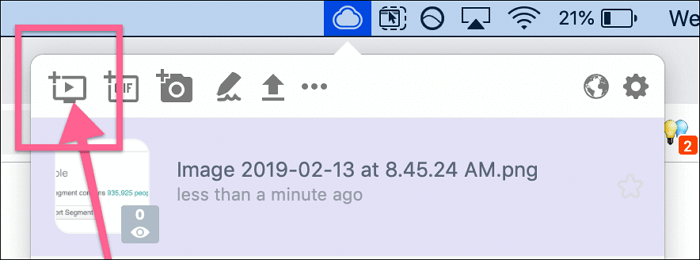

In the Microsoft 365 Defender portal, under Cloud Apps, go to the Activity log and filter by a specific app. In the list of apps, on the row in which the app you want to tag as sanctioned appears, choose the three dots at the end of the row and choose Sanctioned. In the Microsoft 365 Defender portal, under Cloud Apps, go to the Cloud app catalog or Cloud discovery - > Discovered apps. After you sanction an app, you can filter for apps that aren't sanctioned and start migration to sanctioned apps of the same type. Tag apps as sanctioned or unsanctionedĪn important step to understanding your cloud is to tag apps as sanctioned or unsanctioned.
#Cloudapp for windows how to#
This article describes how to do an investigation to get a better understanding of your cloud environment. Based on your particular environment and how it's being used, you can identify the requirements for protecting your organization from risk.

Learn to use the Microsoft Defender for Cloud Apps tools to gain a deeper understanding of what's happening in your cloud environment. For more information about these changes, see Microsoft Defender for Cloud Apps in Microsoft 365 Defender.Īfter Microsoft Defender for Cloud Apps runs in your cloud environment, you'll need a stage of learning and investigating. It improves your operational efficiency with better prioritization and shorter response times which protect your organization more effectively. Microsoft 365 Defender correlates signals from the Microsoft Defender suite across endpoints, identities, email, and SaaS apps to provide incident-level detection, investigation, and powerful response capabilities. Microsoft Defender for Cloud Apps is now part of Microsoft 365 Defender and can be accessed through its portal at.


 0 kommentar(er)
0 kommentar(er)
